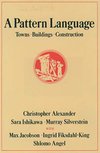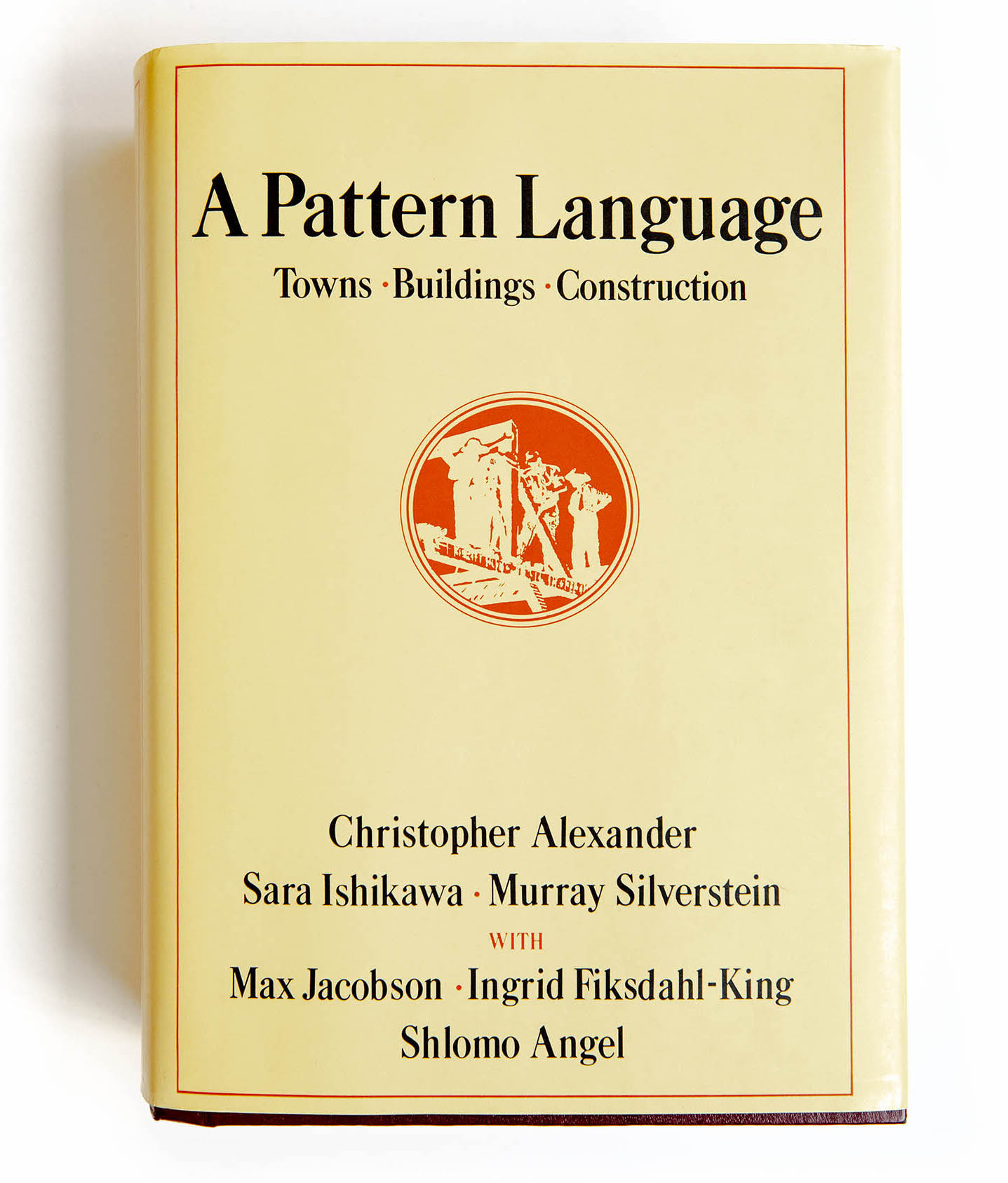Sublime
An inspiration engine for ideas
A Pattern Language: Towns, Buildings, Construction (Center for Environmental Structure Series)
Christopher Alexander • 1 highlight
amazon.com
A Pattern Language: Towns, Buildings, Construction (Center for Environmental Structure Series)
amazon.com
List of Patterns
See the README for an explanation and discussion about this project and how to use it.
The Patterns
Town Patterns
See the README for an explanation and discussion about this project and how to use it.
The Patterns
A pattern language has the structure of a network. [...] The sequence of patterns is both a summary of the language, and at the same time, an index to the patterns. — p. xviii
Town Patterns
We begin with that part of the language which... See more
List of Patterns
A Pattern Language: Towns, Buildings, Construction (Center for Environmental Structure Series)
Christopher Alexander • 4 highlights
amazon.comFor this, we turn to pattern languages, an organized and coherent set of patterns , each describing a problem and the core of a solution, illustrated with examples . The term was coined by Christopher Alexander, Murray Silverstein, and Sara Ishikawa in their 1977 book, A Pattern Language: Towns, Buildings, Construction which contains hundreds of pa... See more
Michael Lewkowitz • Towards a Digital Pluriverse
A Pattern Language: A user's guide to the seminal architectural handbook
gsd.harvard.edu
Christopher Alexander: A Primer
youtube.comarranging country roads around large open squares of countryside or farmland, with houses closely packed along the road, but only one house deep. Lionel March lends support to this pattern in his paper, “Homes beyond the Fringe” (Land Use and Built Form Studies, Cambridge, England, 1968). March shows that such a pattern, fully developed, could work
... See moreChristopher Alexander • A Pattern Language: Towns, Buildings, Construction (Center for Environmental Structure Series)
when you build a thing you cannot merely build that thing in isolation, but must also repair the world around it, and within it, so that the larger world at that one place becomes more coherent, and more whole; and the thing which you make takes its place in the web of nature, as you make it.